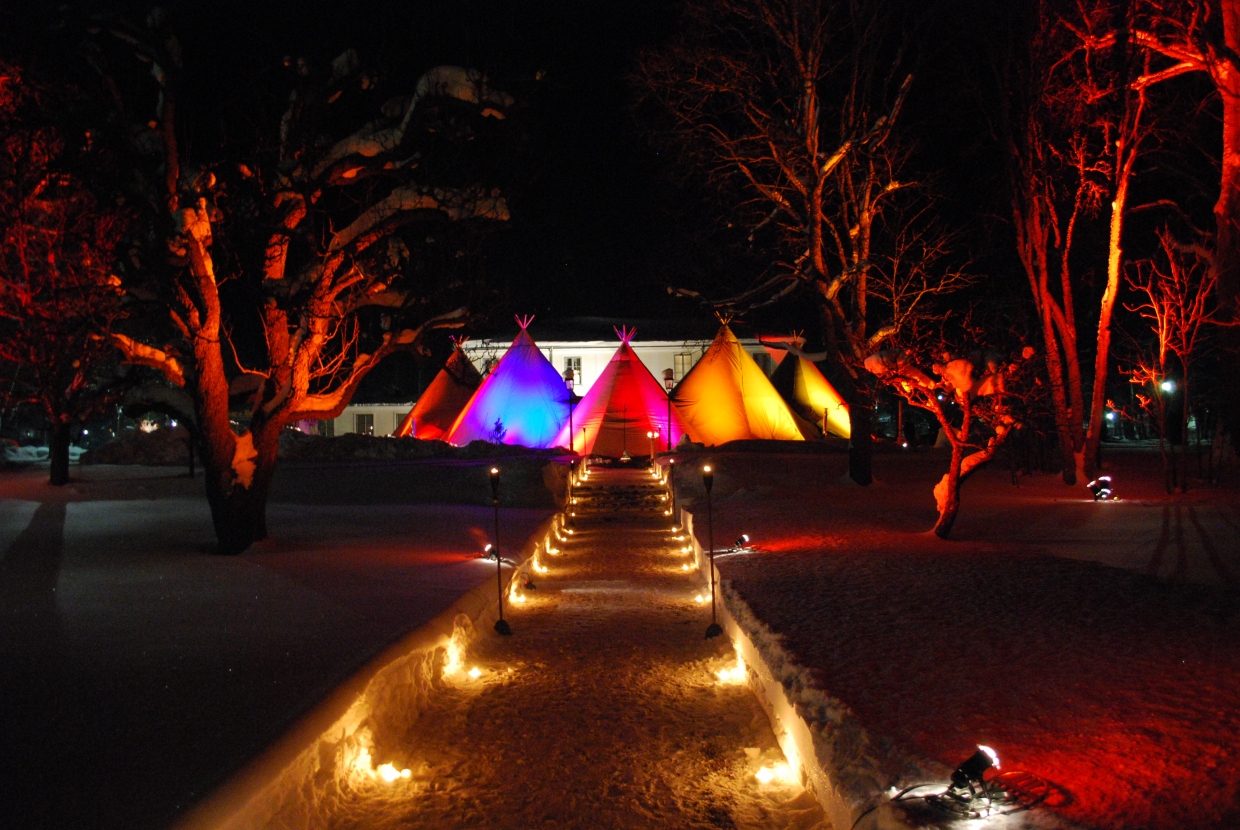Sri Lanka
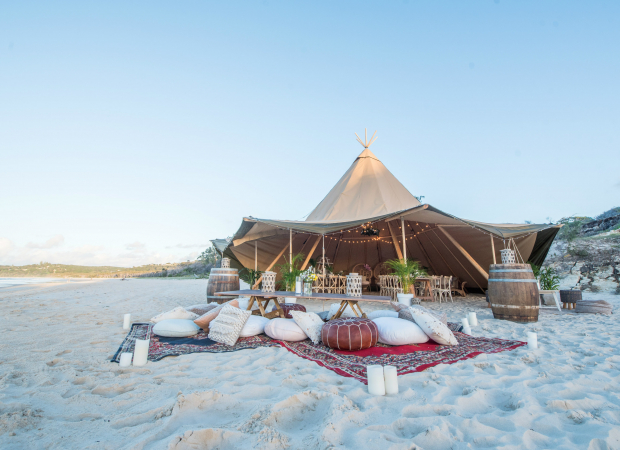
Event blog
The 2000th Stratus is in Production!
18 Jul 2019
Bengt Grahn, Sunne, Sweden
This year we are crafting the 2000th Stratus 72. Two thousand! One of these giant tents can host 72 people seated at tables. Connect all two thousand (yes, it is possible to connect them into infinity) and you could invite the entire populations of Andorra and Cayman Islands for an unforgettable evening under canvas. And there would still be plenty of space for catering, bands and dancefloors!
Where it all began...
I started crafting giant tipi shaped tents in 1989 when I formed the company in Moskosel, Swedish Lapland. But it was in 1993 that I created what would become the Stratus 72. I was contracted to create an area for Sami vendors at a local market. The Sámi are the aboriginal people of northern Scandinavia and the tents I created were inspired by their traditional structures, called ‘kåta’ or ‘lavvu’ – Nordic tipis, so my tents fit well into the scenery. I designed a Nordic tipi on which the sides could be lifted up to form a brim. I reckoned that would make the tent suitable as a stand for the Sami vendors.
By this time I had moved the production from a basement in the old school of Moskosel to a nearby barn/garage which I turned into a factory. I remember thinking that my business could get big, perhaps six, or even seven employees… In our minds we were only creating tents, but without realising it, we had created what would become the centrepiece of a worldwide industry.
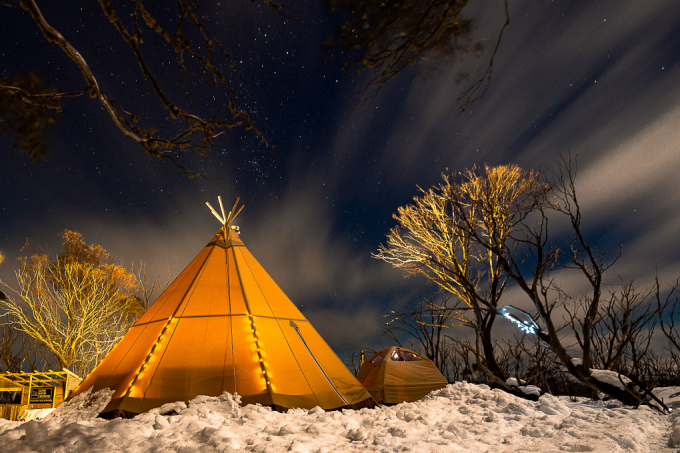 Image: Alpine Nature Experience
Image: Alpine Nature Experience
A well-traveled tipi
Today the Stratus 72 can be found on all continents except Antarctica (who will be the first to get one there? The Stratus is great for events in the snow!) and is involved in some of the most spectacular events. It’s been on the FIS Nordic World Ski Championships, the even colder WRC Rally Sweden. The Stratus 72 is now a regular attendee of the iconic Glastonbury Festival. It hosts a world-class food festival (Gourmet Escape) in Western Australia and Äventyrsservice even hosted the Eurovision Song Contest Swedish selections in their Stratus 72s!
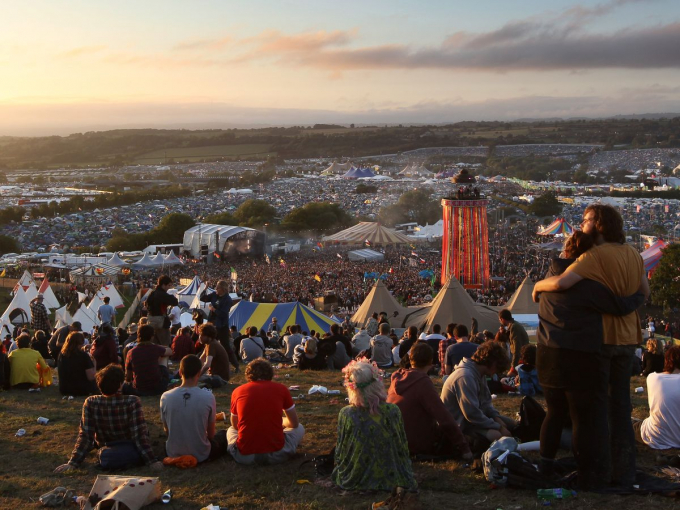
Image: Glastonbury Festival
Image: Äventyrsservice
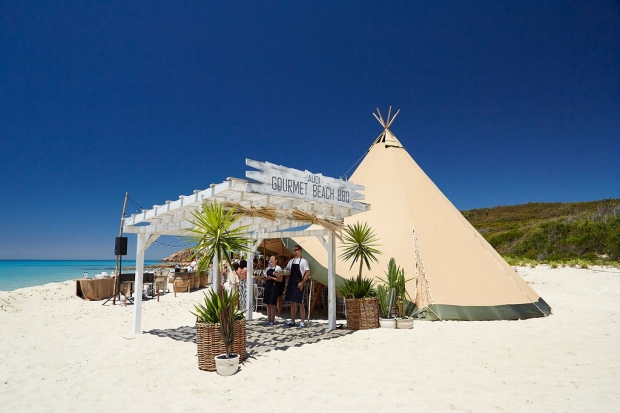
Image: Zest Group WA
We sell Stratus 72s to businesses in Argentina, Dubai, Japan, Australia, USA, all over Europe, Mauritius and many more countries around the world. In the UK, our most developed market, we estimate that more than 500 people are employed by independent businesses built around the Stratus 72.
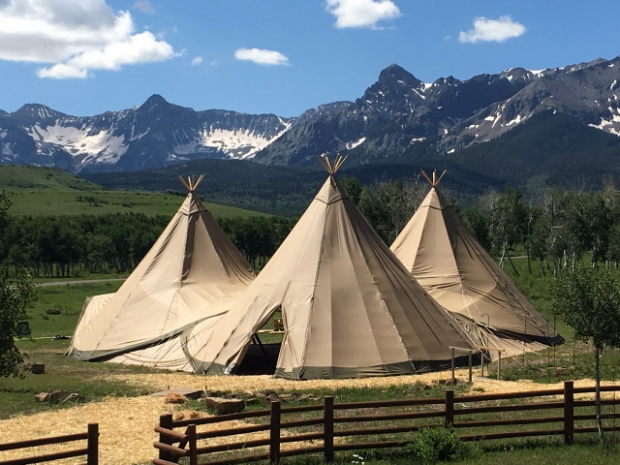 Image: Under The Sky Event Rentals
Image: Under The Sky Event Rentals
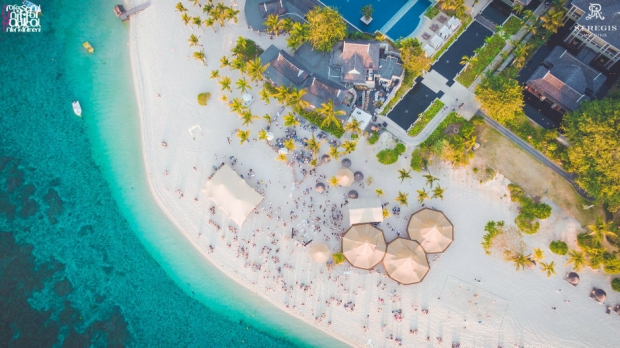
Image: Les Tipis De Mare Longue
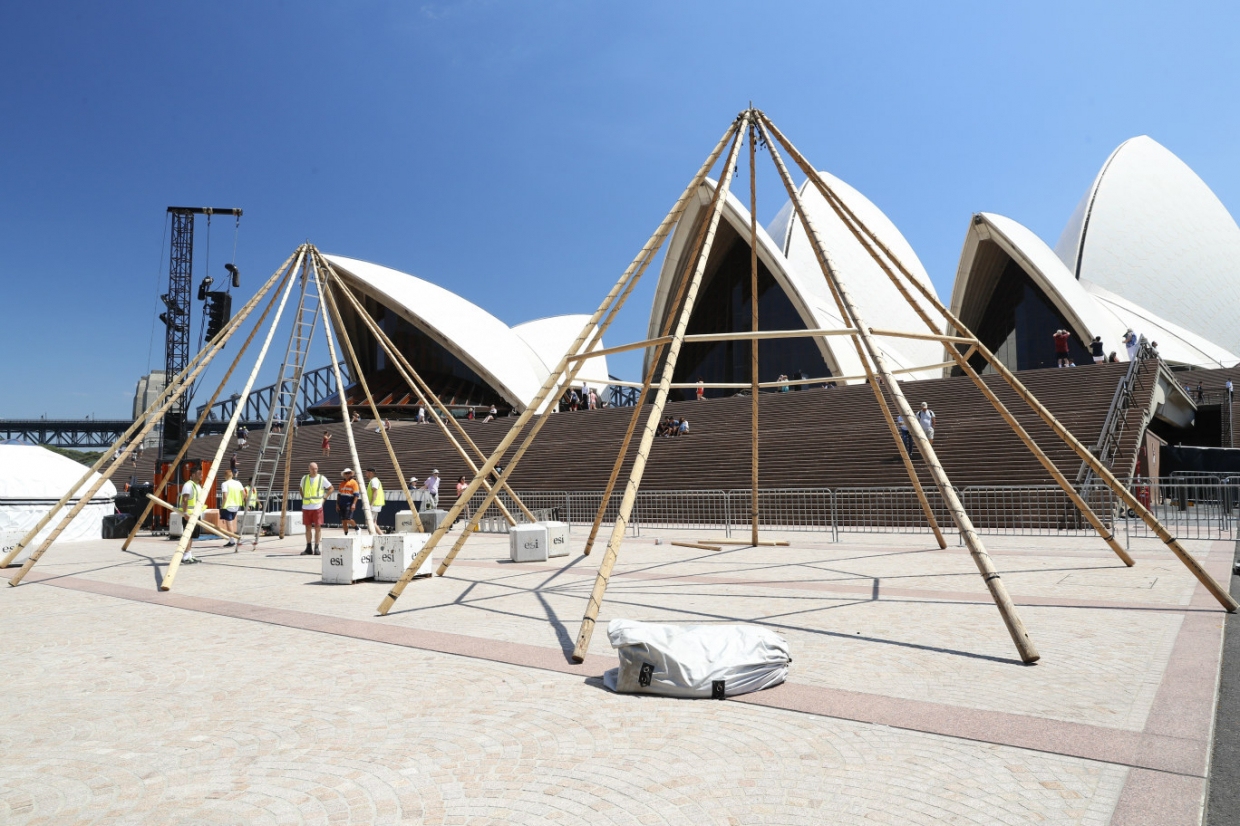
Image: Matakata Tipis and Events
Connecting Stratus 72s
Connecting two or more Stratus 72s, creating potentially infinite spaces, opened up the market for the Stratus 72. It was first done in 1993 by a long-standing customer, Roger Rimpi. He runs Samelandsresor, an event company and Tentipi rental based in Jokkmokk, the heart of the Swedish part of Sápmi (Sápmi is the area traditionally inhabited by the Sámi people, located in the northern part of Scandinavia and Russia).
Roger, being a young and hungry entrepreneur, owned only one Stratus, but figured he could take on bigger events if he had two put together. The first connection was done with plastic tarps, but the techniques have developed, become standardised (take a look at our First Firecracker blog for more information) and are used by Tentipi customers all over the world.
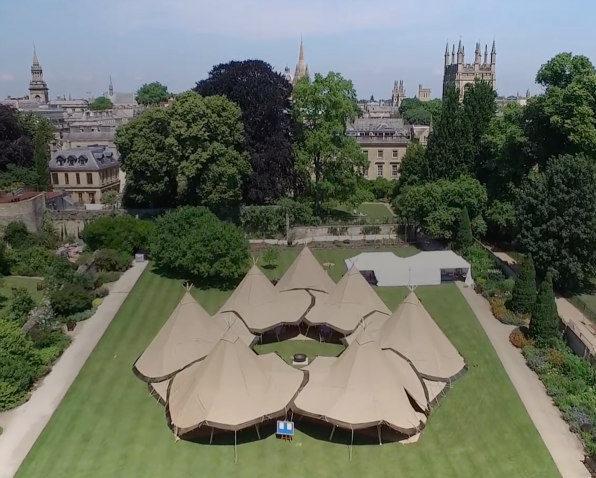
Image: Love Tipis
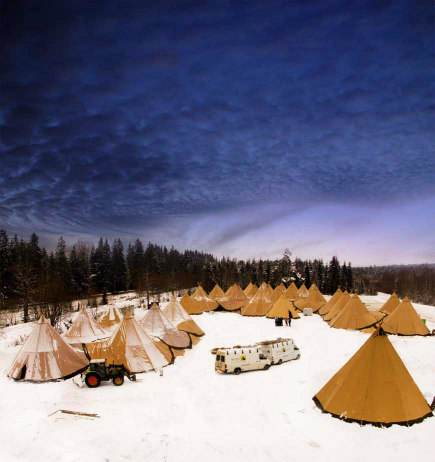
Image: Tentipi AB
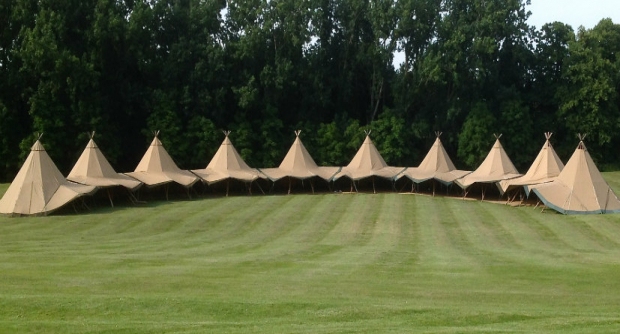
Image: Tipis4Hire
Handcrafted in our own factories
Every Stratus is crafted by hand at our own production facilities. We still make them at the original factory in Moskosel, and some of our seamstresses here have been with us almost as long as me! Their hands have created space for thousands of great events, weddings, concerts…
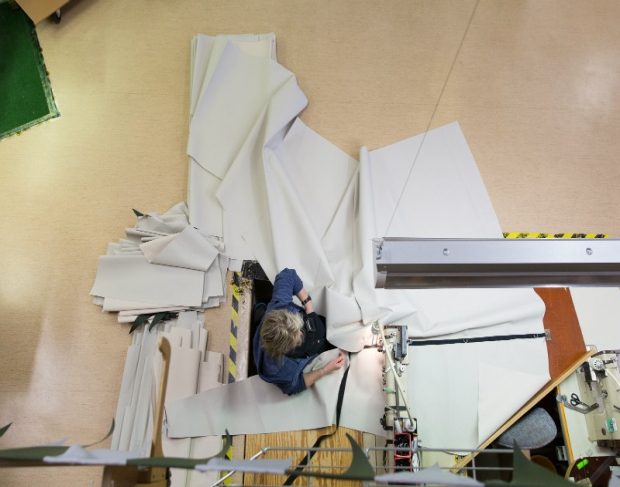
Image: Tentipi AB
As we now are celebrating the birth of Stratus number 2000, which is forecast to be ready for shipping later this year, we want to take the opportunity to celebrate this by sharing with you stories of where some of all these tents have ended up, the amazing events they have facilitated, some of them have even changed people’s lives!
With best regards and looking forward to crafting another 2000 Stratus 72s!
Bengt Grahn
Founder & CEO of Tentipi
Related blog posts
It was the first day of the trip, adventurer Mike Fuchs and his friend Eric Folz had just a couple of hours before been dropped off as far north as they could possibly come in Svalbard when they saw them. Two polar bears, one mother and its cub. A situation that could become deadly if the bears decided to have a closer look on their new visitors.
“I know how protective the mothers can be of their cubs. We had to set up our camp in a place that provided a good overview of the location so we could spend the night bear watching. It was both a scary feeling seeing them so early into our trip, but it was also very fascinating”, says Mike Fuchs.
Wouldn't it be exciting to spend the night right in the middle of a zoo? – That is exactly what you can do at Skånes Djurpark, a wildlife park in southern Sweden. At their campsite, Camp Oak, you stay in the park after it closes and will make yourself at home in a Nordic tipi from Tentipi. When the night comes you might just fall asleep to the wolves’ howls.
Skånes Djurpark is a Wildlife Park with a long history, it dates back to 1952. It focuses on animals from the Nordic area and has always lived by the ruling with “no animals in cages”. The animals live in large paddocks that recreates the animals’ natural environments.
Lennart Pittja is a Sámi entrepreneur with a mission: with his world-renowned eco-tourism company he wants to spread the knowledge about his people – the Sami, indigenous of northern Scandinavia and Russia. With over 20 years of experience as a wildlife guide and nature photographer in the arctic region he started Sápmi Nature Camp. Where his guests stay in Nordic tipis from Tentipi on his reindeer herding land outside of Gällivare, in northern Sweden.
At Sapmi Nature camp you can experience real winter, see the northern lights, eat traditional Sami food, and have a cultural exchange in a genuine atmosphere. The scenic location has gained attraction from around the world. In 2017 it was listed by National Geographic as one of the top 21 places in the world to visit if you care about the planet.
Prepare before setting out for winter camping. Here are nine tips and tricks from Tentipi about what you need to think of before you go: the right tent for winter camping, how to pack the snow, comfort in snow, which tent pegs to use, where to pitch the tent, about snow weight, what heat sources can be combined with the tent, how to make a fire safely and other equipment.
Choose tents according to occasion, different tent types work differently at winter camping. When it’s icy, the tent needs to be more robust than a tent which is exclusively used in summer. The tent frame needs to withstand a certain amount of snow and functional ventilation is important. If you want to use a heat source, for example a fireplace or a stove, the tent needs to have ventilation openings both at ground level and at the top. Without a heat source, a smaller tent is preferable, as it heats up faster when the air volume is smaller.
A tent from Tentipi is a Nordic tipi and the tent has eight or nine sides, if it is not the smallest that has six sides. In the smallest tent you can stand straight if you are less than 160 centimetres long and in the largest you can get together several thousand people. The tent is versatile in more ways. Continue to read to see why these tents are so flexible and adaptable. This blog post is about the smaller tents in Tentipi's range, tents used by adventurers, families, hikers and others who want to live close to nature for a shorter or longer period of time.
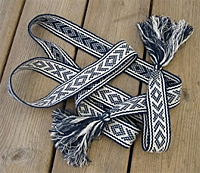
Sami cultural band
The Sami are a nomadic, indigenous people in northern Scandinavia. They are known as the people of the sun and the wind. Some Sami still work as reindeer-keepers. Traditional Sami clothes are decorated with colourful, woven bands and bands like this used as shoelaces.
Use fire safely!
Use fire safely!
Tentipi® Nordic tipis are designed to be used with an open fire or stove; it is this feature that makes them a home from home in all weather conditions. But please check local regulations, read and understand the instructions provided, and make sure you are fully competent to deal with the risks involved, before striking that match.
Tentipi® is a registered trademark of Tentipi AB






